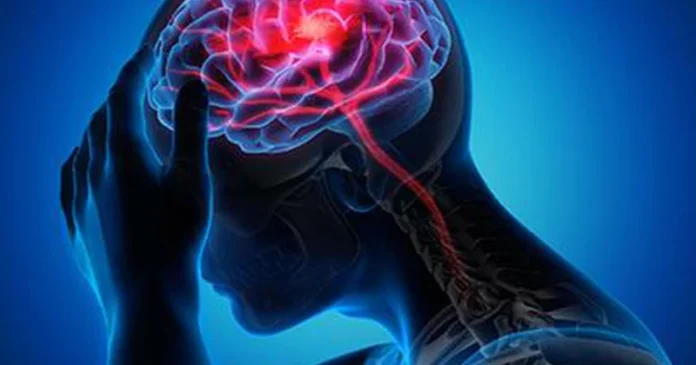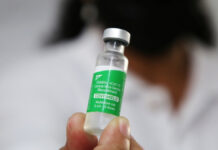NEW DELHI: Stroke, a highly preventable and treatable condition, could lead to nearly 10 million deaths annually by 2050, primarily affecting low- and middle-income countries (LMICs).
This projection comes from the collaborative effort of the World Stroke Organization and the Lancet Neurology Commission under which four studies have been published.
Four research papers emphasizing pragmatic recommendations to reduce stroke burden globally have been published under this Commission.
This report was published in the esteemed Lancet Neurology journal.
The report underscores that stroke deaths are expected to surge from 6.6 million in 2020 to a daunting 9.7 million by 2050. By 2050, it is estimated that the contribution of stroke deaths in LMICs will see an increase from 86 per cent to 91 per cent.
The report has emphasized the critical role of evidence-based, pragmatic solutions in combating this looming crisis. Implementing and rigorously monitoring the commission’s recommendations, which are firmly grounded in evidence, could lead to a significant reduction in the global stroke burden, effectively countering this ominous projection.
The Commission authors distilled their findings into 12 evidence-based recommendations, addressing stroke surveillance, prevention, acute care, and rehabilitation.
Dr Rajiv Bahl, Director General of the Indian Council of Medical Research (ICMR), stressed the importance of implementing evidence-based stroke care to mitigate disability and prevent new strokes. ICMR is actively engaged in crafting country-specific ambulatory care models at the primary care level to combat non-communicable diseases.
The Government of India is committed towards formulating evidence-based policies and their implementation through the National Programme for Prevention & Control of Non-Communicable Diseases (NP-NCD). A notable success is the India Hypertension Control Initiative (IHCI), which employed tech-driven innovations to digitally monitor over 2 million patients, achieving real-time blood pressure control in 50 per cent of cases. The IHCI received the 2022 UN Inter-Agency Task Force and WHO Special Program on Primary Health Care Award.
Professor Jeyaraj Pandian, President-Elect of the World Stroke Organization and a lead author of the Commission, shared that there is a need to scrutinize the factors driving this increase.
Dr Ivy Sebastian, Neurologist and Stroke Fellow in Calgary, Canada, and the lead author of the paper on “Stroke Systems of Care in Southeast Asia,” underscored the diversities and commonalities in healthcare systems, calling for timely interventions such as intravenous thrombolysis, thrombectomy, and stroke unit care delivered through stroke-ready centers.
Dr Yogeshwar Kalkonde, the lead author of the paper “Stroke Surveillance in Southeast Asia,” stated that India’s National Stroke Registry Program and Thailand’s national database can serve as valuable sources for epidemiological data on stroke.
Dr Prashant Mathur, Director of the National Centre for Disease Informatics and Research (NCDIR), ICMR, Bangalore, emphasized the importance of National Hospital-based stroke registries and population-based stroke registries conducted by ICMR across India.
Dr Meenakshi Sharma, Scientist-G at the NCD division of ICMR, highlighted the development of stroke care models in India and stressed the importance of screening and treating high blood pressure, which is being achieved through the India Hypertension Control Initiative. (ANI)







